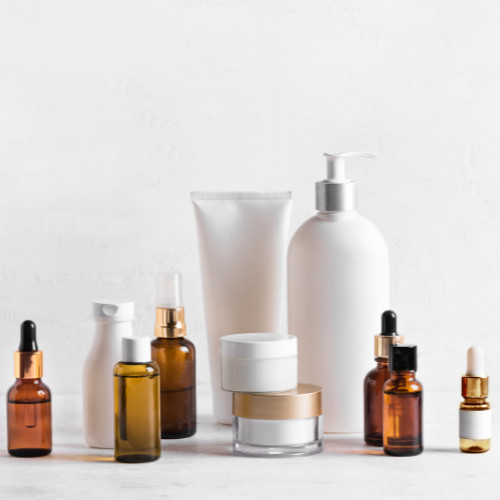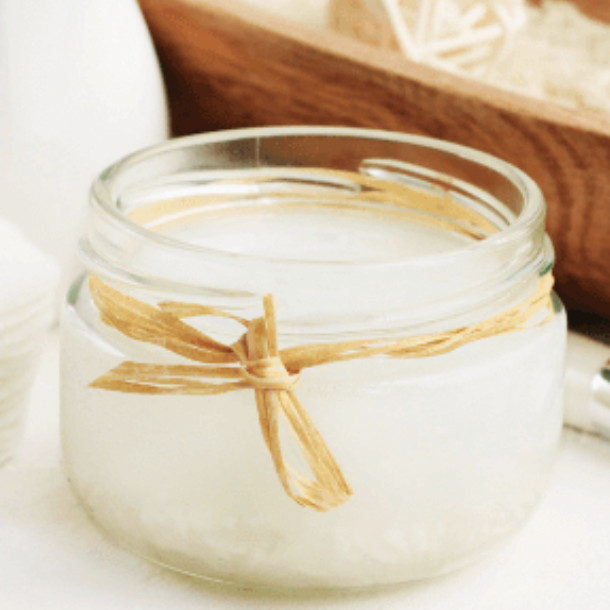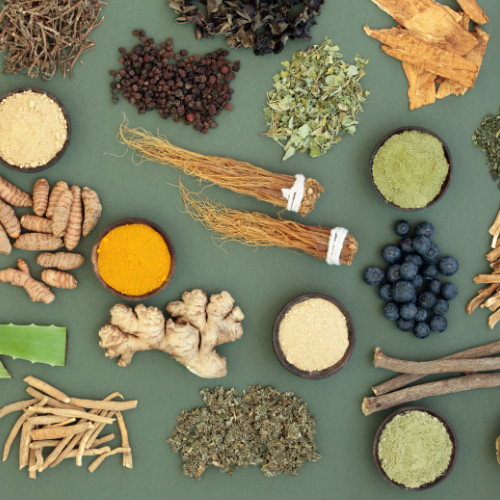
Winter is a beautiful season, but it can wreak havoc on your skin, leaving it dry, flaky, and uncomfortable. Cold air, low humidity, and indoor heating can strip your skin of its natural oils, leading to moisture loss and irritation. However, with the right skincare routine and products, you can keep your skin hydrated, supple, and glowing all winter long. In this guide, we'll explore how to care for dry skin during the winter months, focusing on both facial and body care.
Understanding Dry Skin
Dry skin, also known as xerosis, is a common skin condition characterized by a lack of moisture in the outermost layer of the skin. It can be caused by a variety of factors, including cold weather, low humidity, hot showers, harsh soaps, and aging. Dry skin is often accompanied by symptoms such as itching, redness, flaking, and tightness.

Facial Care for Dry Skin
Gentle Cleansing:
Start your skincare routine with a gentle, hydrating cleanser that won't strip your skin of its natural oils. Look for ingredients like hyaluronic acid, glycerin, and ceramides, which help to attract and retain moisture.
Exfoliation:
Exfoliating regularly can help to remove dead skin cells and promote cell turnover, allowing moisturizers to penetrate more deeply. However, avoid harsh exfoliants, as they can further dry out your skin and compromise its natural protective barrier. Opt for a gentle chemical exfoliant with enzymes or gentle acids like lactic and azaelic acids or a physical scrub with a creamy base and smooth, rounded exfoliating particles (jagged, rough particles can create micro-tears in skin, causing irritation).
Hydration:
After cleansing and exfoliating, apply a hydrating toner, then a serum or facial oil to replenish moisture and nourish your skin. Look for products containing hyaluronic acid, squalene, niacinamide, and vitamin E, which are known for their hydrating and soothing properties.
Moisturization:
The key to combating dry skin is to use a rich, emollient moisturizer that helps to lock in moisture and create a protective barrier on the skin. Choose a moisturizer with ingredients like shea butter, jojoba oil, or squalane, which are highly moisturizing and help to repair the skin's natural barrier.
Sun Protection:
Even in winter, it's important to protect your skin from the sun's harmful UV rays. Use a broad-spectrum sunscreen with an SPF of 30 or higher, and reapply every two hours when outdoors.

Body Care for Dry Skin
Hydrating Shower:
Avoid hot showers, as they can strip your skin of its natural oils. Instead, opt for warm water and a moisturizing body wash that helps to hydrate and nourish your skin.
Gentle Exfoliation:
Use a gentle body scrub once or twice a week to remove dead skin cells and improve the absorption of moisturizers. Avoid harsh scrubs, as they can further irritate dry skin.
Moisturizing Body Lotion:
After showering, apply a rich, creamy body lotion or body butter to damp skin to lock in moisture. Pay special attention to areas prone to dryness, such as elbows, knees, and heels. While it may be tempting to use a fragranced body product, fragrance can irritate skin, especially when it is dry and compromised. Opt for a fragrance-free product.
Layering Products
To maximize the benefits of your skincare products (for face and body), apply them from lightest to thickest consistency. Start with a serum or oil, followed by a richer moisturizer. You can even apply a few drops of facial oil to your fingertips and gently press it over your moisturizer for an additional layer of protection.
Additional Tips for Winter Skin Care
- Stay Hydrated: Drink plenty of water throughout the day to keep your skin hydrated from the inside out.
- Humidifier: Use a humidifier in your home - or even on your nightstand at night - to add moisture to the air and prevent dryness. I love this one.
- Protective Clothing: Wear hats, scarves, and gloves to protect your skin from cold winds and harsh weather.
- Avoid Irritants: Limit your exposure to harsh soaps, alcohol-based products, and fragrances, which can irritate dry skin.
Caring for dry skin in winter doesn't have to be complicated. By following a simple skincare routine that includes gentle cleansing, exfoliation, hydration, and moisturization, you can keep your skin healthy and hydrated all season long. Remember to layer your skincare products from lightest to thickest to seal in moisture and protect your skin from the elements. With the right care and attention, you can enjoy soft, supple skin throughout the winter months.
This post may contain affiliate links that support the creation of the content of this blog. If you use these links to buy something, I may earn a commission, at no additional cost to you. Thank you.

Fruit and herb infused waters are the perfect way to quench your thirst while adding a delicious twist to your skin hydration routine.
Most people do not get enough water throughout the day. We are raisins. Walking raisins.
You do need to hydrate skin externally, but if your body is dehydrated, no amount of product is going to fix that. Dehydration can lead to dull, dry skin, dark circles under the eyes, fine lines and flakiness.
Ew, let's get hydrated.
Here are a few of my faves:
- Cucumber-Mint: A classic refreshing combination. The crispness of the mint with the coolness of the cucumber uplifts and revitalizes.
- Strawberry-Mint: For a sweeter mint option. The sweetness of strawberries combined with the coolness of mint will leave you feeling refreshed and satisfied.
- Pineapple-Coconut: If you like Pina coladas...The sweet and tropical flavors of pineapple and coconut will make you feel like you're sitting on a beach sipping a cocktail.
These infused waters are packed with natural vitamins and minerals and calorie-free, making them a great alternative to sugary drinks. Plus, they are easy to make and can be customized to your taste preferences.
How to Make Fruit Infused Water
Making fruit infused water is super simple...
1. Choose your fruits
Pick your favorite fruits that have a high water content such as strawberries, blueberries, raspberries, watermelon, cucumber, oranges, lemons, and limes.
2. Wash and slice the fruits & chop the herbs
Rinse the fruits and herbs under running water and slice them into thin pieces or small chunks to allow the flavor to infuse better. It's easiest to cut the herbs up with kitchen shears. While you can use them whole, cutting them releases more flavor.
3. Add fruits to a pitcher or water bottle
Place the sliced fruits and chopped herbs into a pitcher or water bottle.
4. Fill with water
Fill the pitcher or bottle with water, and ensure the fruits are fully submerged in the water. Use cold water to keep the fruits fresh.
5. Let it infuse
Leave the pitcher or bottle in the fridge for at least 30 minutes or overnight to allow the fruits to infuse and impart their flavor into the water.
6. Enjoy!
Once the water is infused, give it a gentle stir and pour it into a glass or bottle, using a strainer to remove any fruit pieces if necessary. Enjoy your refreshing and flavorful fruit infused water!
Remember to consume it within 2-3 days and keep it refrigerated.
SOME OF MY FAVORITE INFUSERS
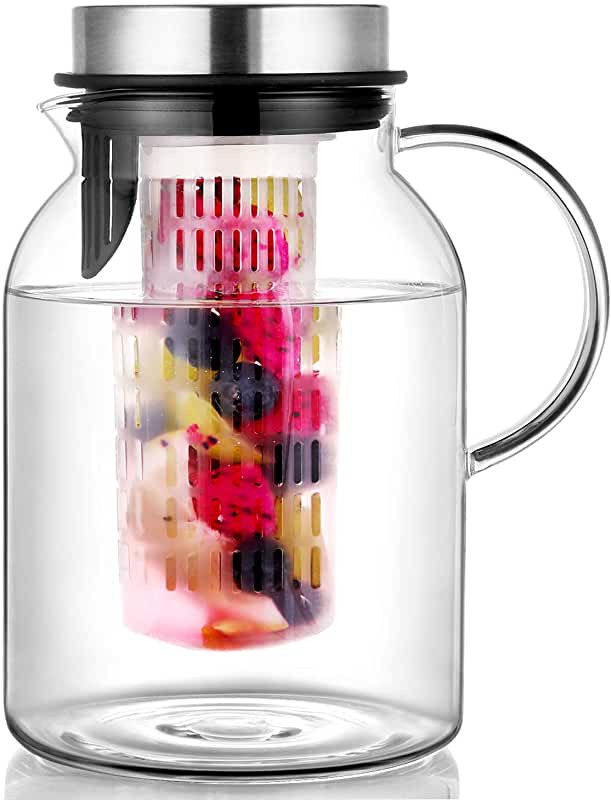 GLASS INFUSER PITCHER | 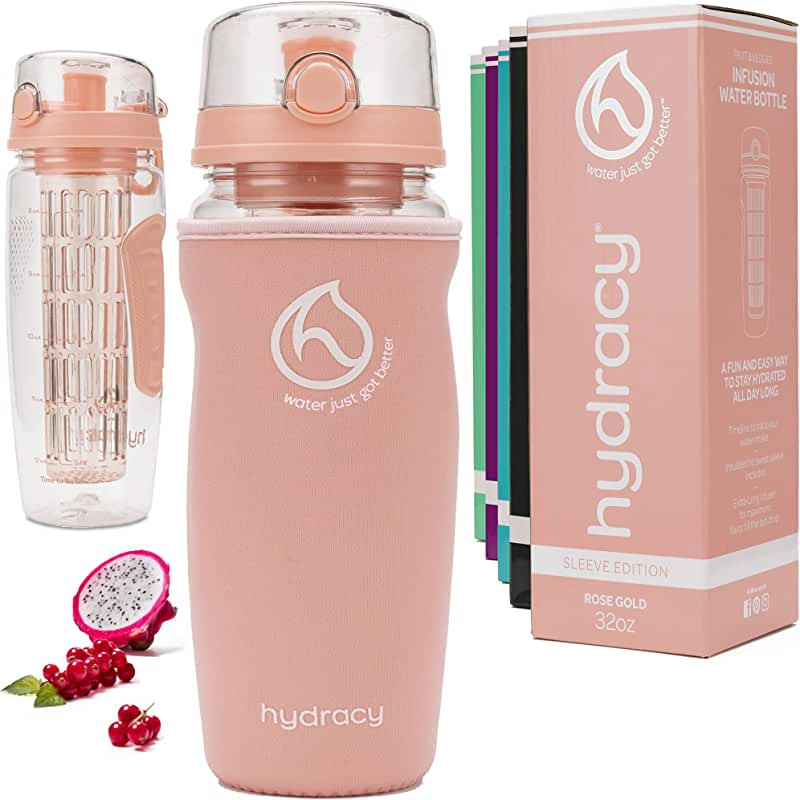 |
If you'd like more infused water inspo, check out my article in Mother Earth News 3 Easy Herb Infused Water Recipes.
Do you have any favorite infused water combinations?
This post may contain affiliate links that support the creation of the content of this blog. If you use these links to buy something, I may earn a commission, at no additional cost to you. Thank you.




